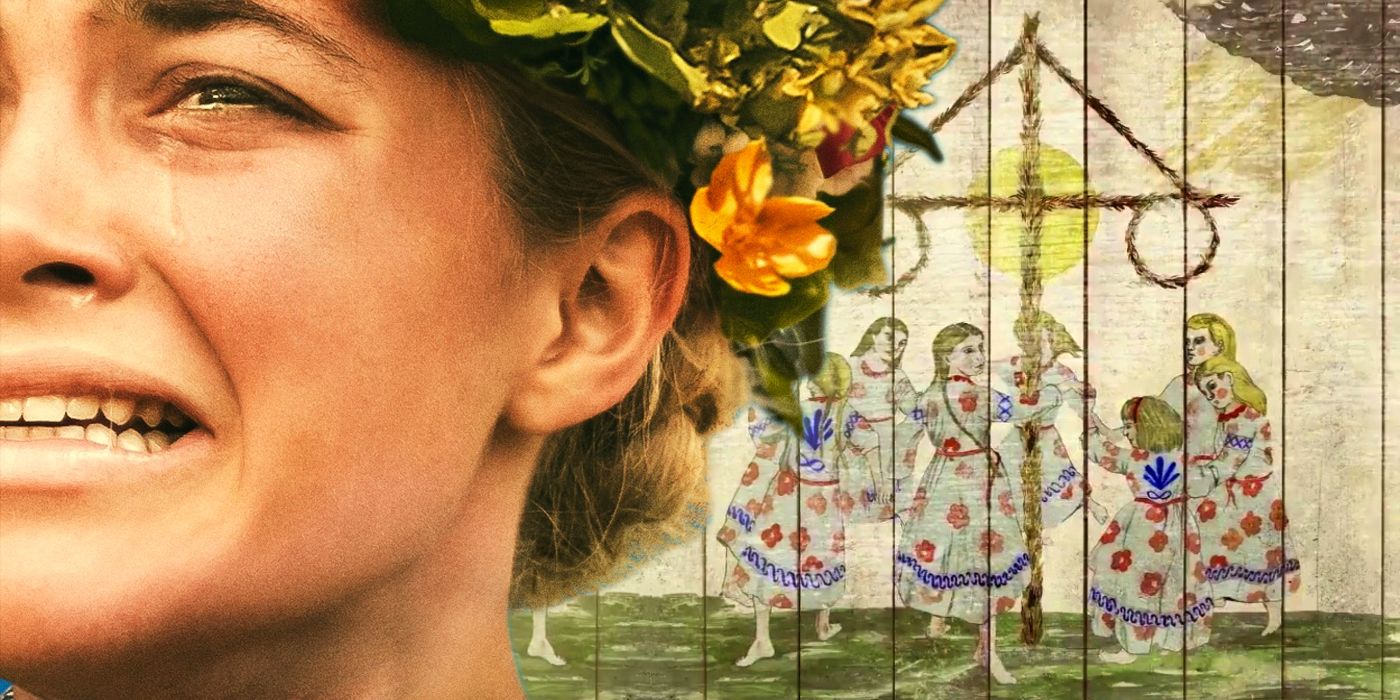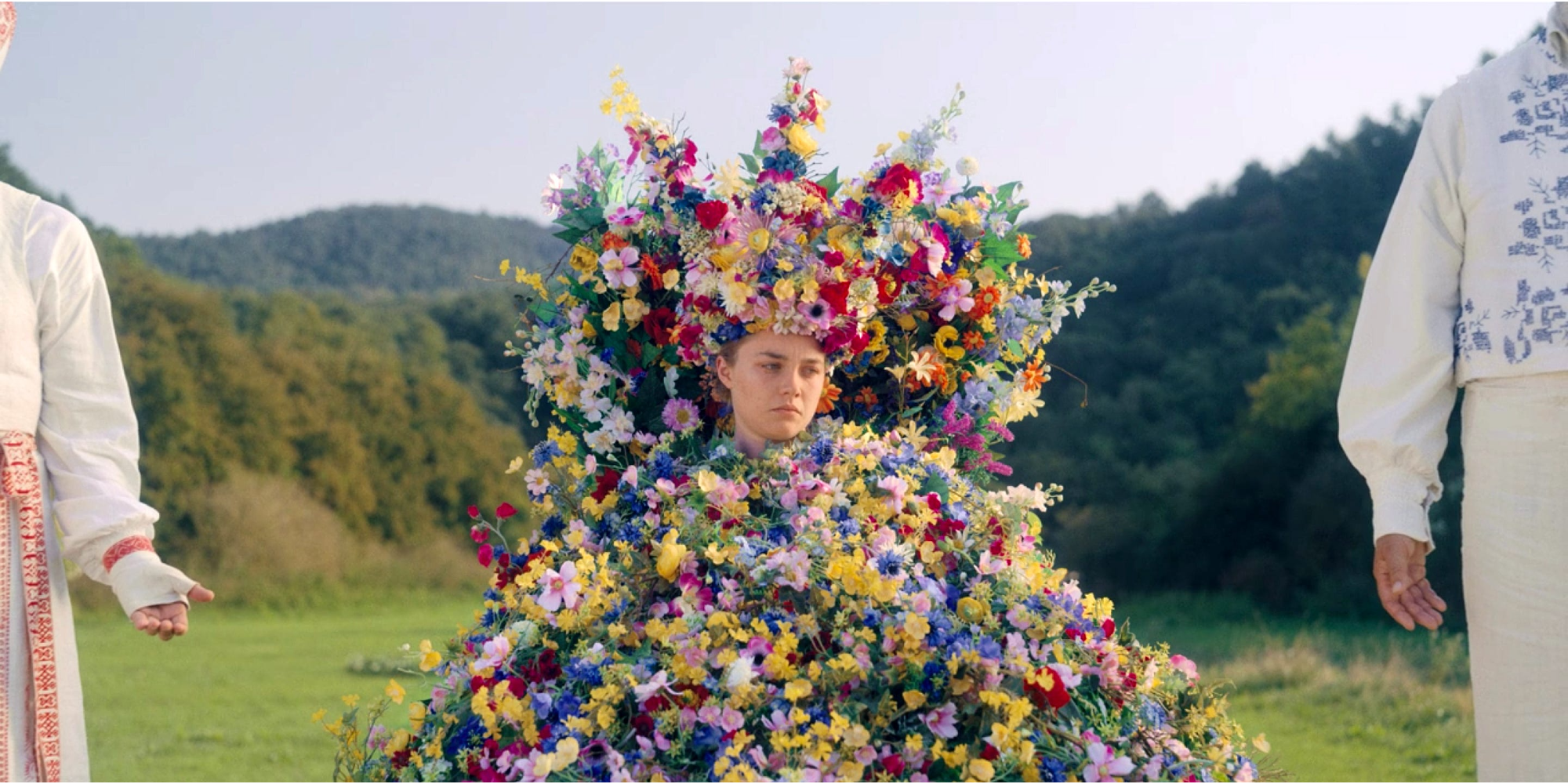Summary
- Midsommar, the movie, is partially based on the real midsummer festival celebrated in Sweden, but includes violent and pagan cult activities not found in the actual tradition.
- The festival in Midsommar serves as a pivotal plot element, with Dani's travel companions disappearing and her boyfriend betraying her with a spell-induced affair. The festival ends with a ritualistic sacrifice.
- Despite the fictional elements, Midsommar draws from real Swedish traditions, incorporating the Hårgalåten legend and featuring authentic Midsummer customs such as Maypole dancing and flower decorations. Swedish audiences did not find the film offensive.
Ari Aster’s Midsommar is partially based on the real Midsommar festival celebrated in Sweden, but the customs don’t involve the same violence and pagan cult activities in the movie. Midsommar stars Florence Pugh as Dani, a college student who makes a fateful trip to a Swedish commune, the home of her boyfriend’s college friend, Pelle (Vilhelm Blomgren). Though some aspects of the real-life festival are authentically portrayed, Aster also breaks away from reality and leans into disturbing horror movie elements through Midsommar's ritual deaths. For starters, in Hårga, the characters learn that Midsummer events involve the ritualistic suicide of locals who reach the age of 72, the end of a seasonal life cycle.
From the first act of the movie to the ending of Midsommar the festival is pivotal to the plot. Dani’s travel companions disappear, and she ultimately discovers her boyfriend having sex with a young local girl, the result of a carefully planned spell. In the final act, Dani is crowned the “May Queen” after winning a Maypole dancing event, and the film ends with a ritualistic sacrifice as Dani's boyfriend Christian is burned alive by the Hårga cult at the festival's climax. Notably, the events of the festival symbolically parallel the toxic relationship between the two. While the festival in Midsommar is based on real Swedish traditions, they thankfully don't feature human sacrifice.
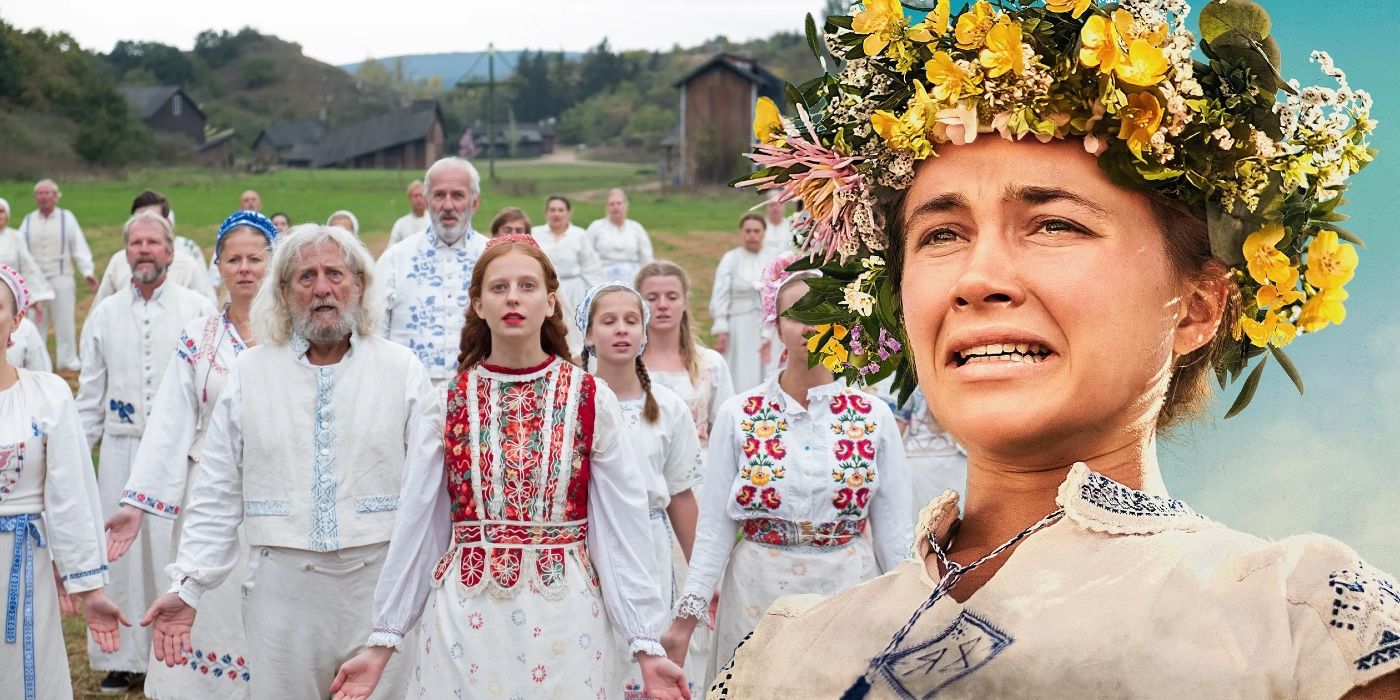
Midsommar: 15 Hidden Details Everyone Completely Missed
Midsommar is a complicated, utterly freaky film, and here are fifteen subtle details that most viewers will have missed during their first viewing.How The Real-Life Midsommar Festival Works
The Real Festival In Midsommar Is An Annual Celebration Of The Summer Solstice
The real Swedish Midsummer Festival, which was officially established in 1952 by the Swedish Parliament, celebrates the beginning of summer. It takes place between June 19 and June 25, and relates to the Summer Solstice. Various countries from all over the world organize Midsummer events; Sweden's Midsummer's Eve, a Friday, is a national holiday. With Aster's Midsommar, he combines ancient folklore with these basic Midsummer traditions (which were, once upon a time, associated with the birth of John the Baptist).
In real life, however, the real Midsommar festival is celebrated annually in Sweden (as opposed to every 90 years). The ways Ari Aster's Midsommar differs from its titular festival, especially regarding its real Swedish counterpart, don't end there. For dramatic purposes, Aster takes a more specific approach with his narrative in order to make the communal traditions confuse the American travelers. While speaking with Rotten Tomatoes, Aster stated, “I was pulling from a lot of different spiritual movements that have nothing to do, in many cases, with even Sweden, but there are hundreds of things kind of woven together here."

Midsommar's Deaths Represent The Four Elements - Theory Explained
A theory about Midsommar suggests that every character's death in Ari Aster's movie can be connected to one of the four major elements.How Ari Aster's Midsommar Compares To The Real Swedish Festival
Despite Being Fictional The Festival In Midsommar Is Surprisingly Accurate In Many Ways
Despite Midsommar’s contrived festival premise, it draws a lot from real Swedish traditions, legends, and folklore. Midsommar director Ari Aster chose Hårga because of its association with a real Swedish legend known as Hårgalåten: the devil arrives in Hårga, disguised as a fiddler, and tricks the young locals into dancing themselves to death. Midsommar incorporates “The Hårga Song” into the storyline, with Dani participating in a Hårgalåten-inspired dancing competition and becoming Midsommar's May Queen. Midsommar also stays authentic to the aesthetic of the real Midsommar festival.
Maypoles are traditionally staged to bring good fortune and health to the locals, specifically in terms of farming and peace of mind. In addition, Swedish Midsummer customs involve the use of flowers for decoration, which is especially prevalent throughout Aster's Midsommar, most notably in the final act. In real life, flower crowns have been extremely popular festival accessories in recent years. The movie's bright visuals and country setting also have some authenticity to them, as the Midsummer events correlate with the longest day of the year after winter (the Summer Solstice), and many people celebrate the holiday in the countryside.
Finally, there’s even some truth to Midsommar’s love spell. In the folk horror movie, a young girl (Isabelle Grill as Maja) strategically places an item under Christian’s bed and hides pubic hair in his food. Of course, Aster's version of this is purposely more exaggerated and disgusting. However, real-life Scandinavian customs involve single women placing seven flowers under their pillow on midsummer’s eve, hoping to see their future husband in a dream.
In addition, though Christian is cheating on Dani by having sex with a girl from the commune (while women from the village oddly watch and mimic them), this plot point also touches on the theme of fertility, which is actually is a celebrated concept in the real Swedish festival. As a whole, Midsommar's plot is truly an extended fever dream, a breakup story that blends real Midsommar festival facts with folklore from different cultures, the director's imagination, and the poignant performances of its cast.
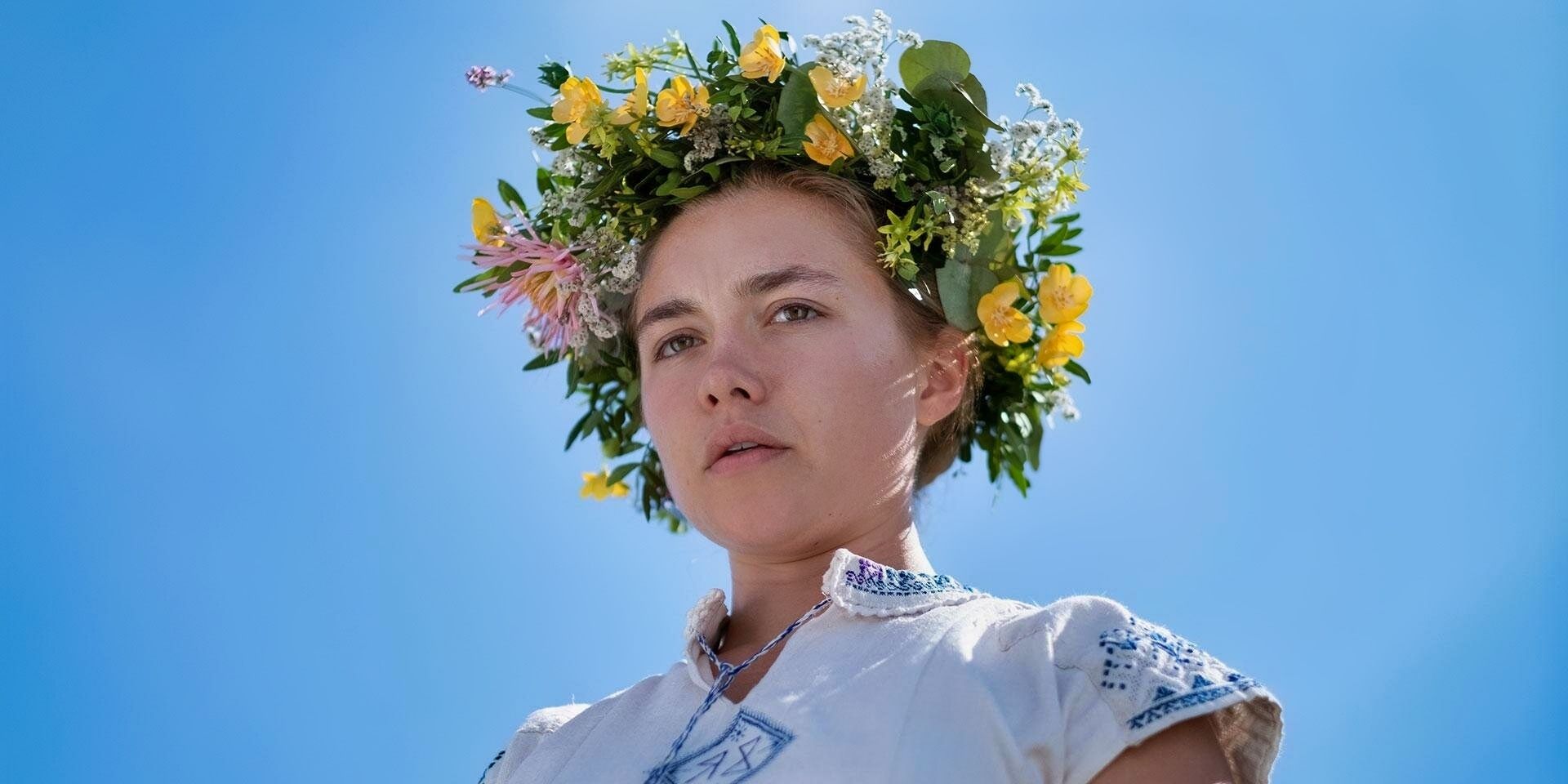
The Meaning Behind Florence Pugh's Midsommar Flower Crown
Midsommar is Ari Aster's mix of folk horror and breakup movie, and here's the meaning behind the flower crown given to Florence Pugh's character.Is The Portrayal Of Midsommar's Festival Culturally Insensitive?
Critics And Audiences In Sweden Embraced Midsommar
With Midsommar straying so much from the real Midsommar festival, many have questioned whether the movie's portrayal of Swedish culture was seen as offensive in the country. It may come as a surprise that most Swedes do not find the movie to be at all offensive or distasteful, at least according to media reports both within and outside Sweden. In a local movie review by one of Sweden's biggest daily newspapers, Midsommar is described as an "entertaining horror in a fantasy version of Sweden". (via Dagens Nyheter)
"There is an exhilarating exoticism in Aster's film that has a specific entertainment value for Swedish spectators... It is fun to consider Halsingland as a place as frightening as the rainforest in Cannibal Holocaust."
Indeed, Midsommar never claimed to represent real Swedish culture. Rather than insensitive, many Swedish critics actually found Midsommar fairly entertaining and understood it to be a horror movie rather than a commentary on their national culture.
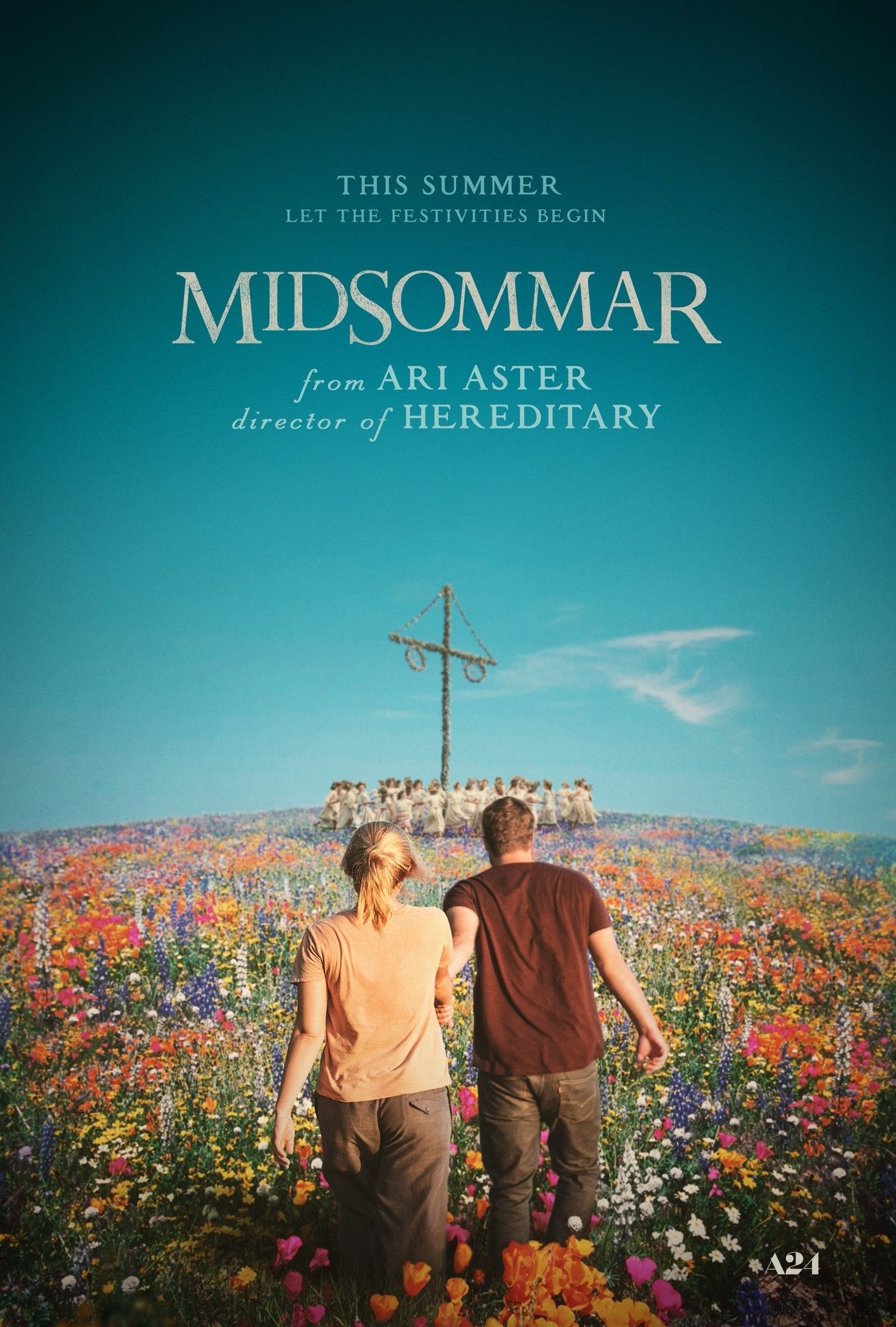
Midsommar
- Release Date
- July 3, 2019
- Director
- Ari Aster
- Cast
- Julia Ragnarsson , Rebecka Johnston , Henrik Norlén , William Jackson Harper , Gunnel Fred , Anna Åström , will poulter , Archie Madekwe , Louise Peterhoff , Björn Andrésen , Isabelle Grill , Jack Reynor , Florence Pugh , Liv Mjönes
- Runtime
- 147 minutes
- Writers
- Ari Aster

